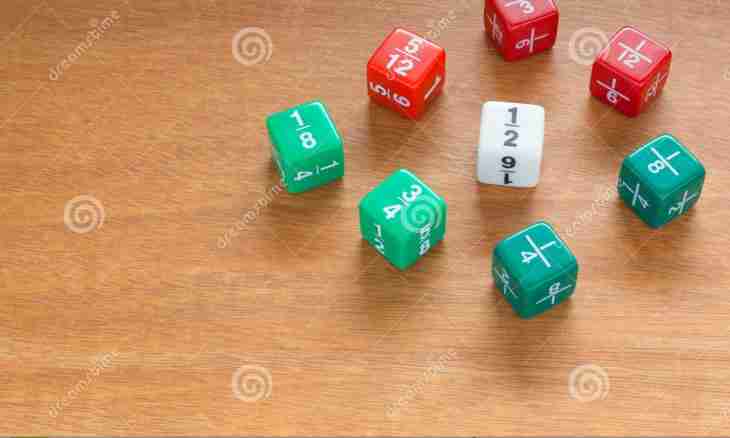What is a mass fraction of an element? From the name it is possible to understand that it is the size specifying in what ratio there are a mass of the element which is a part of substance and lump of this substance. She says in unit shares: percent (100-th shares), per mille (thousand), etc. How it is possible to calculate the mass of any element?
Instruction
1. For descriptive reasons consider well-known all carbon without which there would be no organic chemistry. If carbon represents itself pure substance (for example, diamond), then its mass fraction can be taken safely for unit or for 100%. Certainly, diamond contains impurity of other elements too, but in most cases, in so small quantities that they can be neglected. And here in such modifications of carbon as coal or graphite, content of impurity quite high, and such neglect is inadmissible.
2. If carbon is a part of complex substance, it is necessary to work as follows: write down an exact formula of substance, then, knowing the molar mass of each element which is its part, calculate the exact molar mass of this substance (certainly, taking into account "index" of each element). After that to define a mass fraction, having divided the general molar mass of an element into the molar mass of substance.
3. For example, it is necessary to find a mass fraction of carbon in acetic acid. Write a formula of acetic acid: CH3COOH. For simplification of calculations transform it to a look: C2H4O2. The molar mass of this substance consists of the molar mass of elements: 24 + 4 + 32 = 60. Respectively, the mass fraction of carbon in this substance is calculated so: 24/60 = 0.4.
4. If it is necessary to estimate it in percentage, respectively, 0.4 * 100 = 40%. That is each kilogram of acetic acid contains (approximately) 400 grams of carbon.
5. Certainly, absolutely the same way it is possible to find mass fractions of all other elements. For example, the mass fraction of oxygen in the same acetic acid is calculated so: 32/60 = 0.533 or about 53.3%; and the mass fraction of hydrogen is equal 4/60 = 0.666 or about 6.7%.
6. For check of accuracy of calculations put percentage shares of all elements: 40% (carbon) + 53.3% (oxygen) + 6.7% (hydrogen) = 100%. The account met.

